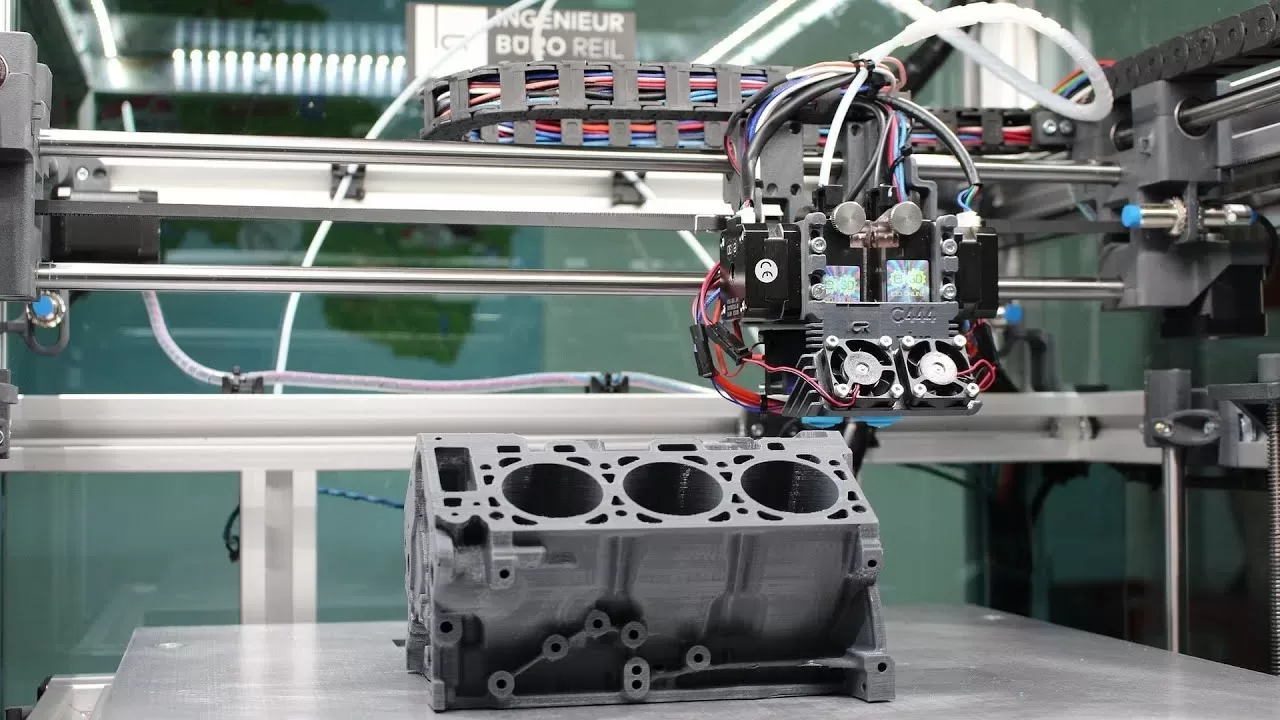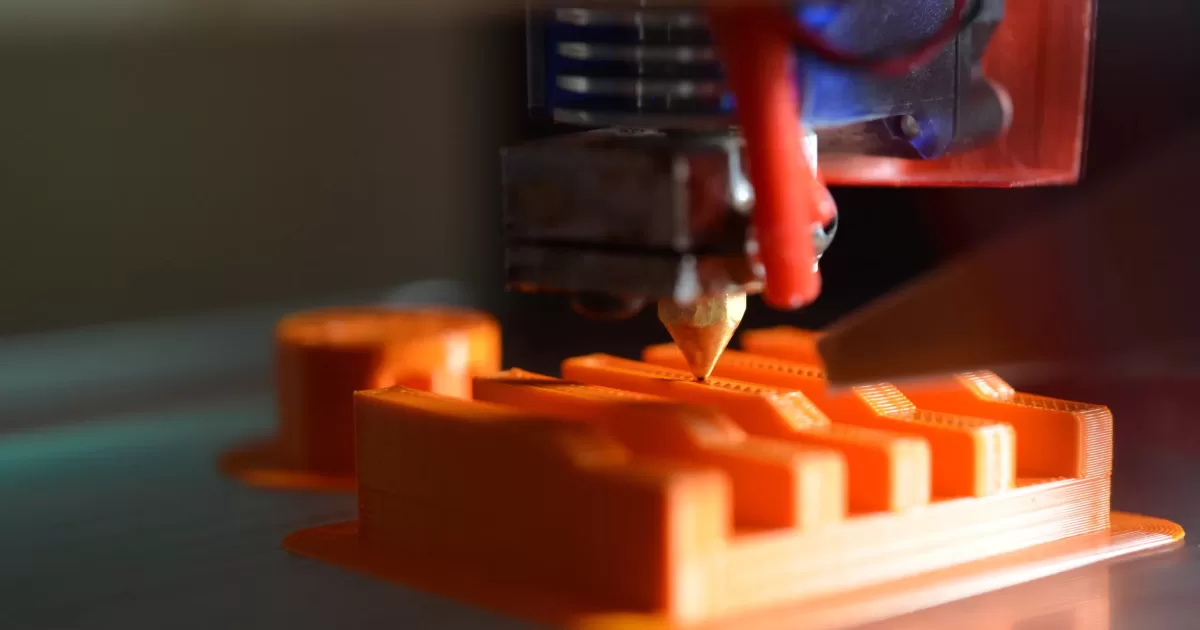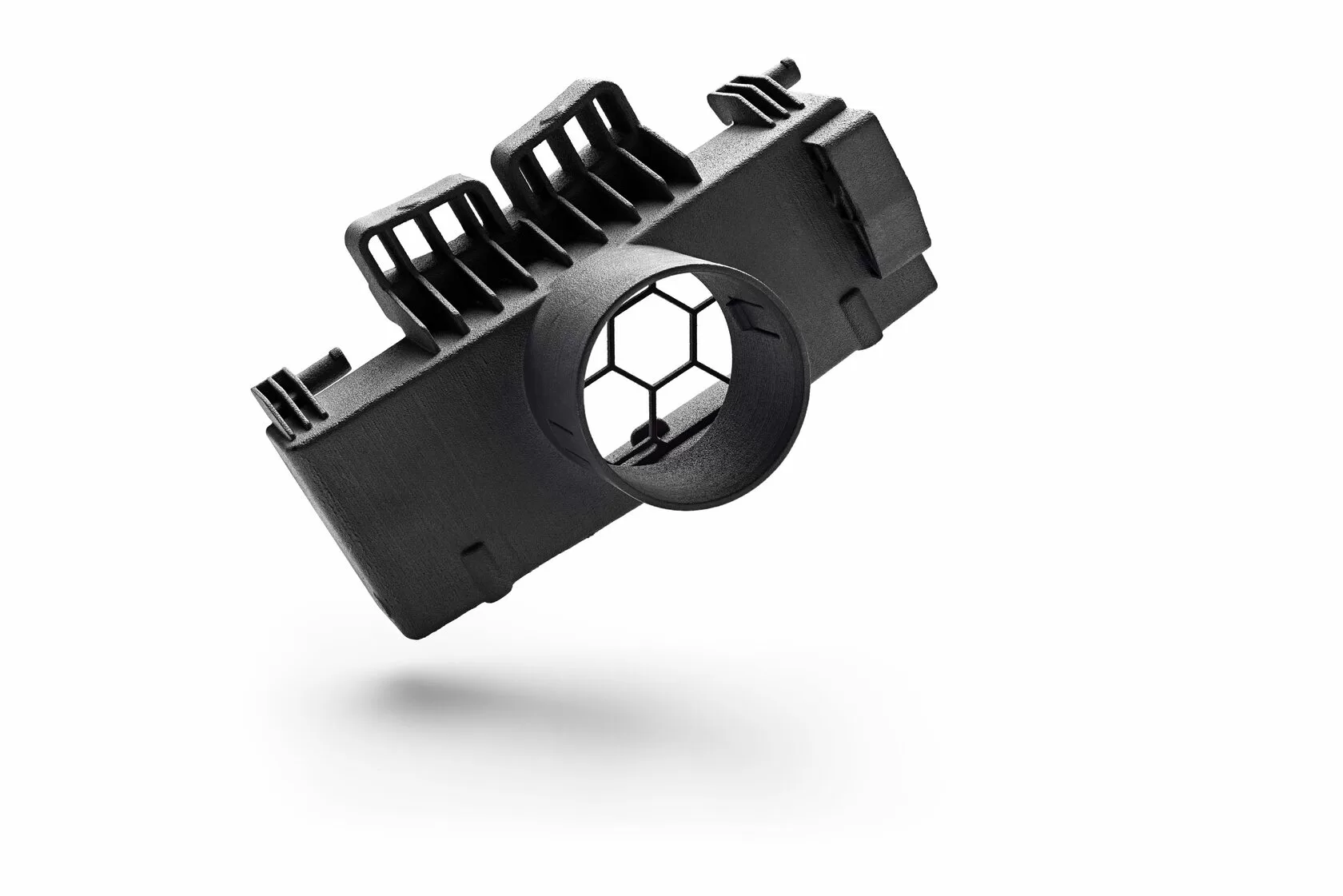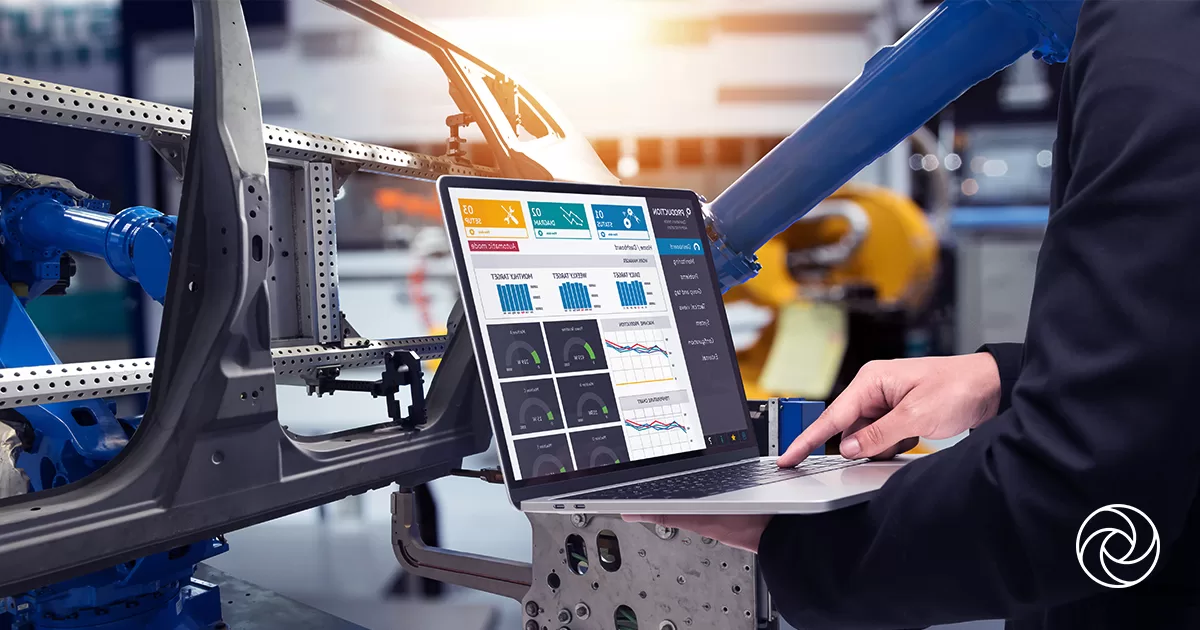Introduction
3D printing technology has revolutionized manufacturing processes across various industries. From rapid prototyping to customized production, additive manufacturing offers unparalleled design freedom and efficiency. One recent development that is redefining 3D printing capabilities is the use of silicone molds. Silicone mold 3D printing provides a novel approach to create complex shapes and intricate details, making it an exciting prospect for numerous sectors. In this article, we will explore the potential impact of 3D printing with silicone molds across different industries and discuss the benefits and applications of this innovative technique.
Automotive Industry
The automotive industry can greatly benefit from 3D printing with silicone molds. Traditional manufacturing methods for car parts often involve expensive tooling and time-consuming processes. With silicone mold 3D printing, manufacturers can rapidly produce intricate prototypes, reducing development time and costs. Moreover, silicone molds allow for the creation of complex geometries, enabling the production of lightweight and aerodynamic components. From interior trim pieces to engine components, 3D printing with silicone molds empowers the automotive industry to accelerate innovation and optimize performance.

Medical and Healthcare
In the medical and healthcare sectors, 3D printing with silicone molds opens up new possibilities for patient-specific devices and implants. Customized prosthetics, orthotics, and dental models can be accurately produced using patient scans or digital designs. Silicone molds offer flexibility and biocompatibility, making them ideal for creating anatomically precise medical devices. Additionally, the ability to integrate multiple materials and textures in a single mold enables the fabrication of complex structures like vascular models or organ replicas for surgical planning and training purposes. By leveraging 3D printing with silicone molds, the medical industry can enhance patient care, improve surgical outcomes, and advance medical research.
Consumer Products
The consumer products industry can leverage 3D printing with silicone molds to bring innovative designs to market quickly. With traditional manufacturing methods, producing intricate consumer goods can be costly and time-consuming. However, by using silicone molds in 3D printing, designers can create intricate and aesthetically pleasing products with greater ease. This technology enables the production of complex shapes, textures, and patterns that were previously challenging to achieve. From customized phone cases to unique home decor items, 3D printing with silicone molds empowers designers and entrepreneurs to unleash their creativity and offer personalized products to consumers.
Aerospace and Defense
The aerospace and defense industries demand high-performance components with strict requirements for precision and reliability. 3D printing with silicone molds presents new opportunities for manufacturing lightweight and complex parts. By using silicone molds, aerospace engineers can produce intricate designs with intricate internal structures, reducing weight while maintaining structural integrity. This technology also enables the production of low-volume, specialized components, such as unmanned aerial vehicle (UAV) parts or customized defense equipment. With its ability to create complex geometries and optimize materials, 3D printing with silicone molds revolutionizes the production of aerospace and defense components, enhancing performance and reducing costs.
Art and Design
The art and design industries thrive on creativity and unique expressions. 3D printing with silicone molds provides artists and designers with a powerful tool to materialize their visions. The ability to create intricate and elaborate molds allows for the production of complex sculptures, decorative objects, and jewelry. Artists can experiment with different materials, colors, and textures to achieve stunning visual effects. Moreover, the flexibility of silicone molds enables the reproduction of detailed and delicate artworks with high fidelity. By incorporating 3D printing with silicone molds into their creative processes, artists and designers can push the boundaries of traditional craftsmanship and create visually captivating pieces.
Conclusion
The introduction of silicone mold 3D printing has expanded the horizons of additive manufacturing, offering new possibilities for various industries. From automotive to medical, consumer products to aerospace, and art to defense, the advantages of 3D printing with silicone molds are evident. The ability to create complex shapes, intricate details, and customized designs with speed and precision revolutionizes manufacturing processes, accelerates innovation, and reduces costs. As this technology continues to evolve, we can expect further advancements in material options, resolution, and efficiency, unlocking even more opportunities for industries to reimagine their production methods. Embracing 3D printing with silicone molds is not just a technical advancement; it is a catalyst for creativity, efficiency, and progress across multiple sectors.




